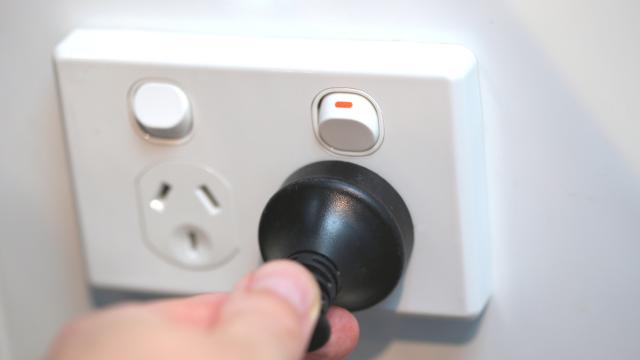Energy bills have risen a lot across Australia in the last few months – and may be due to a variety of factors, from the situation in Ukraine to the dwindling reliability of coal-fired power plants, amongst others.
It’s left many wondering how the situation is going to continue and the impact it will have on our wallets. However, there may be some relief for us with July around the corner, which is a significant time of the year for our finances. The question is, should you wait, or jump on a better deal now?
Every July, the Australian Energy Regulator (AER), the country’s official regulator of the electricity and gas markets in Australia, releases a final Default Market Offer (DMO) on energy, giving customers the opportunity to reduce their energy costs significantly.
How it works is that the DMO functions as a safety net for Australians who don’t compare the market – and ensures that they get a decent price for a basic energy service. It caps the price that providers are able to charge for energy on a DMO contract.
Many customers start on a market offer contract when signing up with an energy retailer, but then default to a standing offer contract when it has been over a year, meaning the energy rate becomes more expensive.
However, if these customers compare offers from different retailers, they can sign up for a new market offer for the year with a potentially cheaper price. Last year, for example, the total amount of savings was a tidy $65 million across New South Wales, East Queensland and South Australia.
And although it’s unclear how this year’s political situation and market changes are going to impact July’s usual predicted change in prices, one thing is certain – it’s a good time to compare energy retailers regardless to see if you can save money.
So, what’s the best way to compare energy deals?
With this in mind, we recommend using an energy comparison site, such as Econnex, to help you compare rates and pick a plan that works for you.
The website lets you easily compare offers and deals from top retailers and choose one that fits your needs (based on factors such as price, contract length and more).
Best of all, you can then switch your current electricity plan directly on the website and begin saving straight away.
Here’s how to compare energy plans using the Econnex comparison tool:
- Estimate your power usage in kWH – this reading should be displayed on your current bills and will give you the most accurate result
- Enter your state and postcode in the location finder below
- Provide the other information required, such as your current supplier, or whether your house is heated with gas or electricity
- Decide on the tariff type – fixed or variable – to suit your needs
You can get started by entering your postcode in the box below.
[compare_lite_pedestrian utm_source=”lifehacker”]
Happy saving.

Leave a Reply
You must be logged in to post a comment.